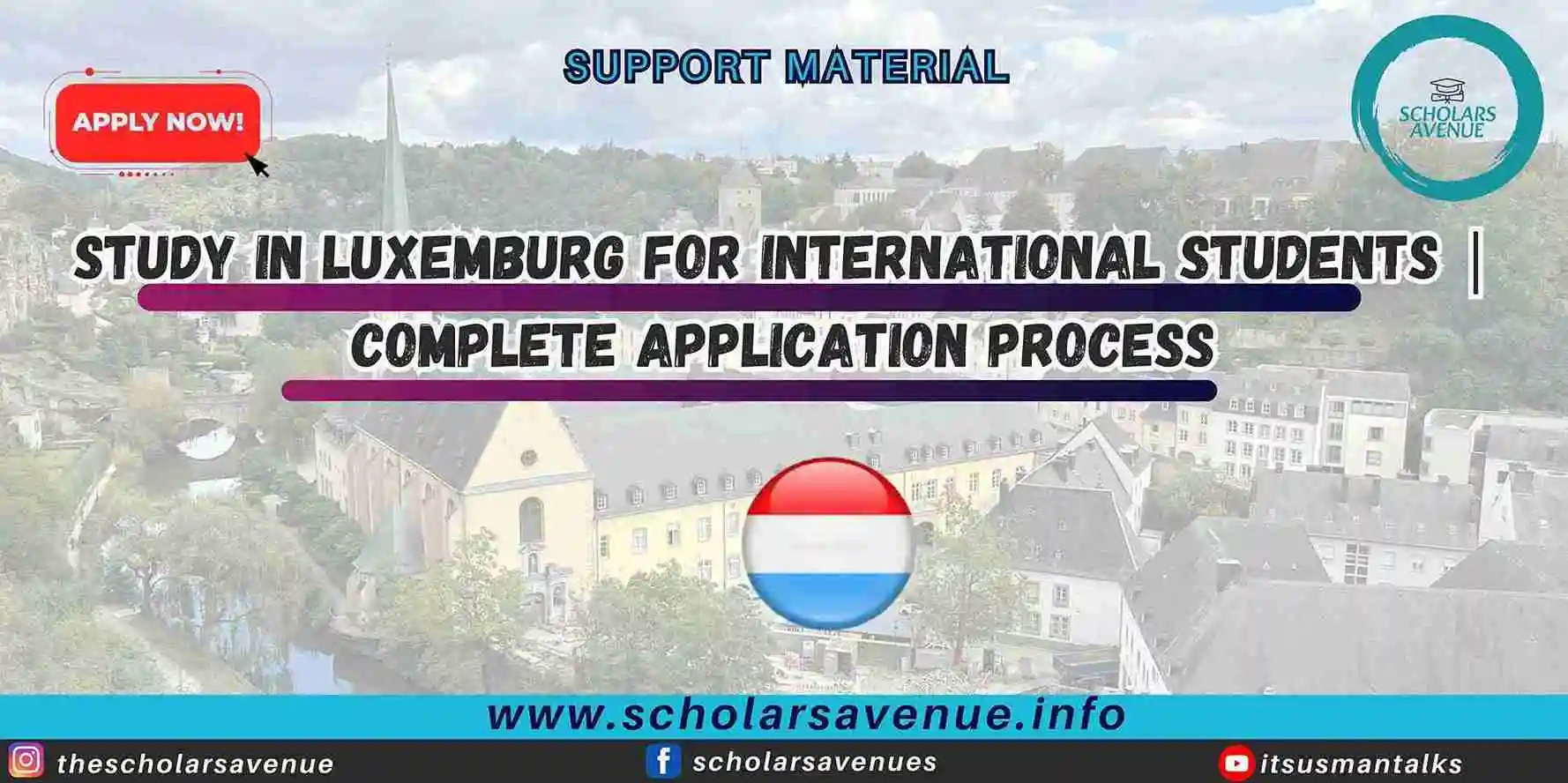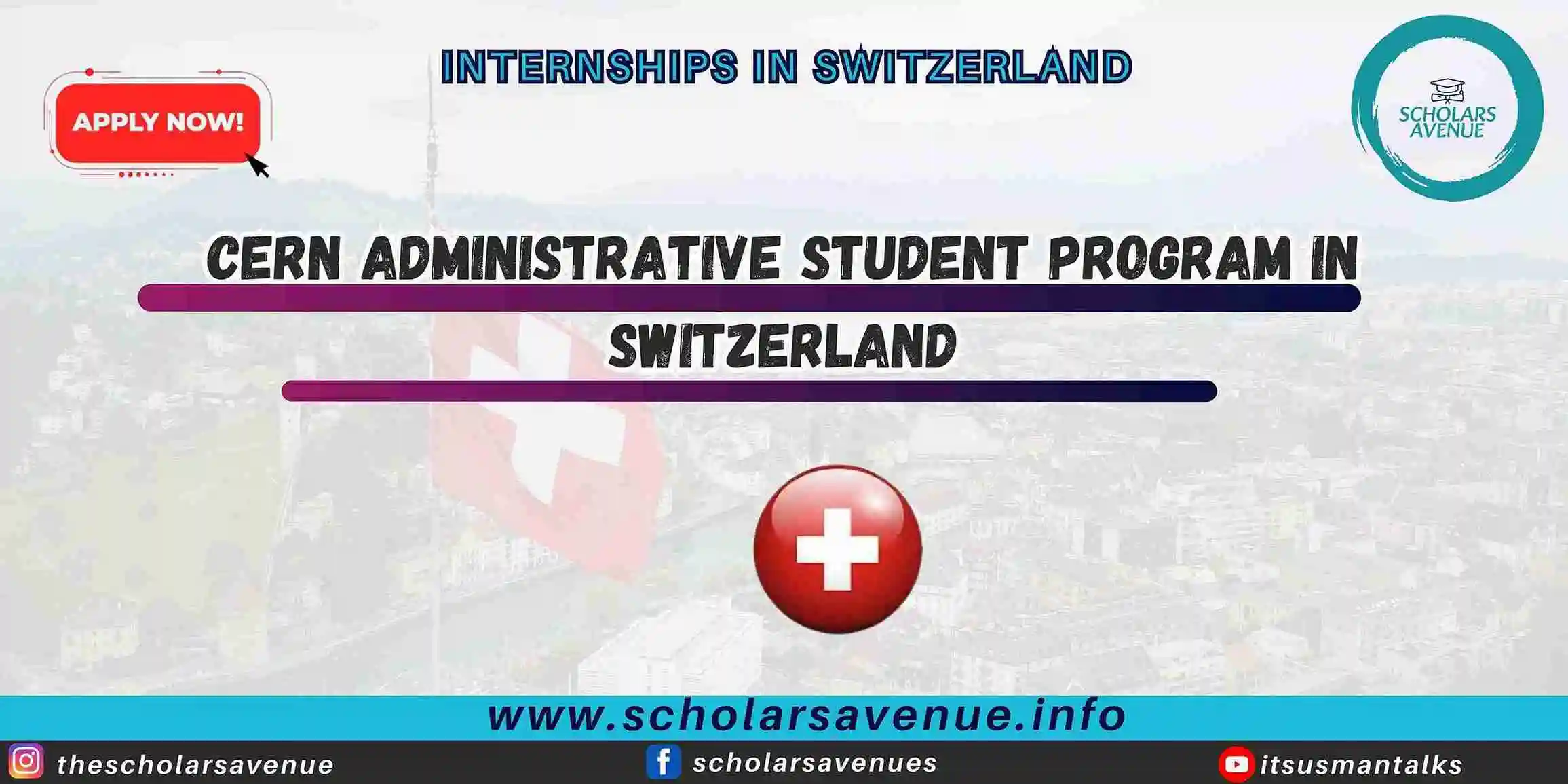To study in USA is to enter one of the most dynamic, diverse, and academically rigorous education ecosystems in the world. The United States is a lighthouse for students seeking to broaden their academic and professional scope given its thousands of internationally known colleges and institutions. From the Ivy League’s historical prominence to modern research capabilities, studying in the USA provides unequalled exposure, interdisciplinary education, and career development. It is a location where ambition meets opportunity and promises both challenge and reward.
However, deciding to study in USA as an international student involves more than just picking a university. It’s a life-altering commitment that calls for careful deliberation of both advantages and challenges. Academic reputation, cultural variety, and plentiful resources are just one aspect of the narrative; on the opposite lie financial investment, visa complexity, and social adjustments. his blog provides a complete and formal guide to help you weigh the pros and cons of choosing to study in USA and understand whether it’s the right path for your future.
Also check, Why Study in China – Top 5 reasons
1. World-Class Education System
The USA is a pioneer in advanced research, STEM innovation, and liberal arts education. Institutions like Harvard, MIT, Stanford, and UC Berkeley are benchmarks of academic excellence. This makes studying in the USA a powerful investment for future career success.
- Home to over 5,000 higher education institutions.
- Offers a wide range of disciplines and programs.
- Globally recognized degrees enhance employability.
- Emphasis on research, innovation, and technology.
2. Flexible Academic Structure
Unlike rigid curriculums found elsewhere, the American education system empowers students to pivot, explore, and create tailored academic paths. This flexibility makes it one of the many reasons why so many students choose to study in USA each year.
- Allows students to explore various majors and minors.
- Encourages interdisciplinary studies and academic freedom.
- Credit-based system enables transfer and course customization.
3. Research and Internship Opportunities
To study in USA is to gain access to top-tier laboratories, research grants, and real-world training via internships with global companies like Google, Tesla, and Pfizer.
- Massive funding for academic research.
- Industry collaborations and internship placements.
- Opportunities to work on-campus during studies.
4. Cultural Diversity and Inclusion
Diversity is a cornerstone of the American educational experience. You’ll find peer groups from across the globe, easing your transition and broadening your worldview.
- Welcomes over 1 million international students annually.
- Multicultural campuses with inclusive student communities.
- Celebrates cultural exchange and student clubs.
Also check, Max Planck Institute Law Internship
5. Career Advancement and Post-Study Work Options
Post-graduation work programs in the USA provide international students with valuable opportunities to gain hands-on experience in the American job market. For many, the chance to study in USA comes with this added bonus of practical training, making it a strategic career move with lasting international benefits.
- Optional Practical Training (OPT) and Curricular Practical Training (CPT).
- STEM graduates can extend OPT up to 36 months.
- Networking opportunities with top industry professionals.
6. Modern Campus Infrastructure and Campus Life
To study in USA is to enjoy world-class infrastructure and vibrant student life. Whether you’re attending a large public university or a small liberal arts college.
- Access to modern classrooms, libraries, labs, and recreational centers.
- Emphasis on holistic growth through sports, leadership, and arts.
- Support systems including international student offices and counseling
Cons of Studying in USA
1. High Cost of Education and Living
Studying in USA is undoubtedly expensive. It’s essential to plan finances carefully and apply for institutional scholarships, part-time work, or assistantships wherever possible.
- Tuition fees range from $20,000 to $70,000 per year.
- Living expenses in major cities like New York or San Francisco can be steep.
- Limited government scholarships for international students.
2. Complex Visa and Immigration Process
Visa requirements are detailed and compliance is non-negotiable. Any breach can lead to deportation or loss of study rights, making it one of the most critical aspects to prepare for.
- Requires securing an F-1 student visa.
- Involves interviews, SEVIS fee, I-20 documentation, and strict timelines.
- Maintaining visa status while studying is crucial.
3. Cultural and Social Adjustment
Even though diversity is celebrated, adapting to American academic culture and lifestyle may take a few months. Support groups and mentorship programs are helpful during this transition.
- Different teaching methods and classroom etiquette.
- Homesickness and language barriers.
- Social integration can take time.
4. Work Limitations
While the study in USA offers post-study work options, employment during studies is restricted and requires prior approval and compliance.
- Limited on-campus work (20 hours/week during semester).
- Off-campus work is heavily regulated and only permitted under OPT or CPT.
- Competing with local graduates for jobs can be tough.
5. Healthcare Expenses
Healthcare in the USA is notoriously expensive. Most universities require students to purchase health insurance plans which, while necessary, add to the overall cost burden.
- No universal healthcare coverage for students.
- Insurance is mandatory and can be expensive.
- Unexpected medical bills can be financially overwhelming.
Also check, How to write a research proposal
Choosing to study in USA as an international student is a decision that carries both remarkable promise and significant responsibility. The blend of academic prestige, cultural diversity, technological infrastructure, and career prospects makes it an unmatched destination. However, the financial demands, regulatory complexities, and cultural transitions cannot be ignored.
Looking to maximize your chances of acceptance?
Consider using our Professional Services to polish your application and stand out from the crowd.
For detailed videos on relevant opportunities check out:
Frequently Asked Questions (FAQs)
Is the USA a good option for higher education?
Yes, the USA hosts some of the best universities globally and offers a vast range of programs and resources for international students.
Can international students get scholarships to study in USA?
Many universities offer merit-based or need-based aid, but competition is high. It’s advisable to research early and apply directly to institutions.
Is it possible to work while studying in the USA?
Yes, international students can work up to 20 hours per week on-campus and apply for OPT/CPT for off-campus work.
What are the living costs for international students?
Depending on location, living costs can range from $10,000 to $20,000 annually.
How long can I stay in the USA after graduation?
With OPT, students can stay for 12 months, and STEM graduates can apply for a 24-month extension.








